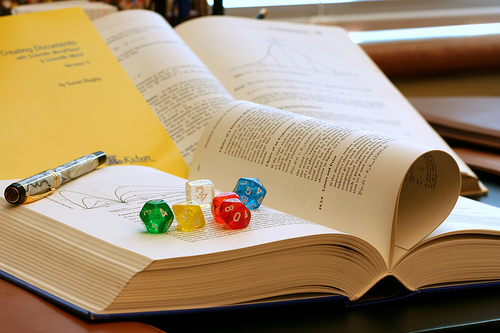The ACT science exam does not require students to have in-depth understanding of biology, chemistry and/ or physics. It simply tests students on how to read and analyze scientific passages.…
read moreOverview Questions about longer reading passages on the SAT, ACT, and other standardized tests tap students’ abilities to find and use meaning from what they read. These skills are important…
read moreOverview Diction errors are types of errors when the incorrect word is used in a nonstandard way. Some word usage is colloquial: out of place in a formal essay. Other…
read moreOverview A binomial experiment has a fixed number of independent trials, and each trial has only two possible outcomes. Each of the trials has the same probability of success. The…
read moreOverview: Probability is the measure of the likelihood of an event. The basic mathematics of probability theory started with games of chance, but it can be applied to many situations,…
read moreOverview: What Are Random Numbers? In a set of random numbers, the numbers do not follow any pattern. Each number has an equal probability of occurring, and each number event…
read moreOverview: What Do the SAT and ACT Test in English Grammar? The SAT and ACT test for formal, academic, standard English, which is not necessarily the same way that students…
read moreOverview: What Is Parallel Structure? Parallel structure in writing is a refinement technique in which verbs, subjects, and clauses are made similar. It is tested on the ACT and SAT…
read moreOverview: In many chemical reactions there is an excess reactant a limiting reactant. The amount of product produced is determined by the stoichiometric calculations using the amount of limiting reactant…
read moreWork is the energy applied to an object as it moves some distance. The amount of work done is directly proportional to the magnitude of force applied, as well as…
read more










